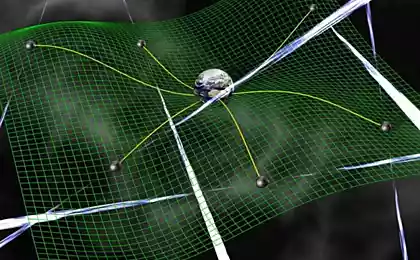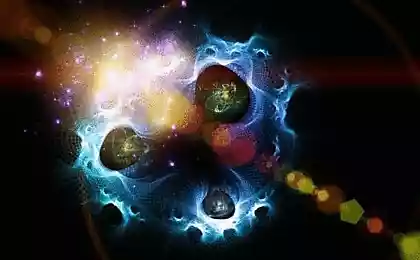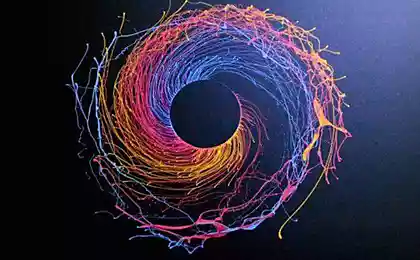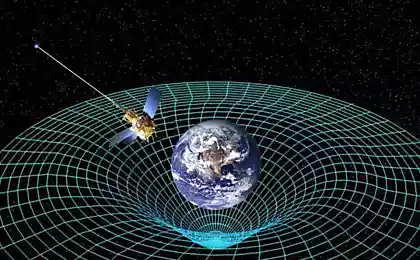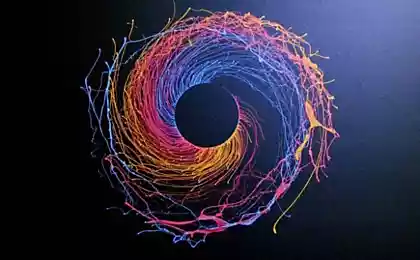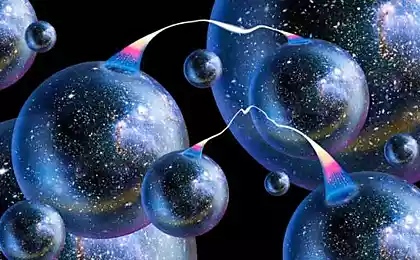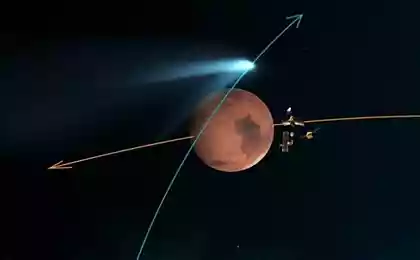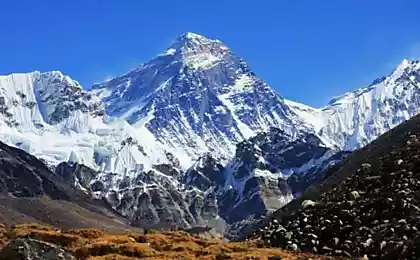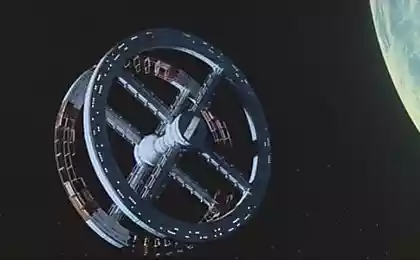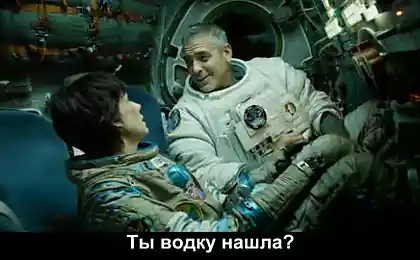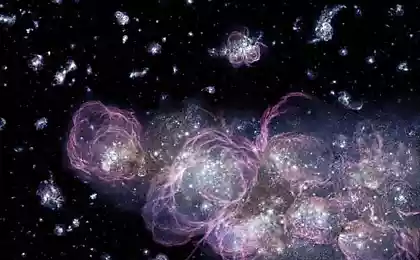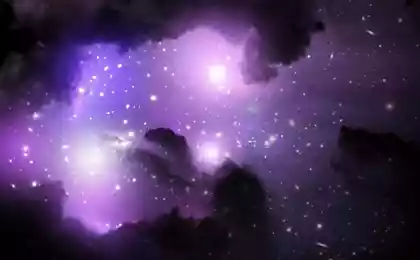464
Do we need a new theory of gravity?
In the late 1990s, physics, to his horror, found that the expansion of the Universe is not slowing, but accelerating. Nothing in the "standard model of cosmology" was not able to explain it, and therefore had invented a new term to describe what is driving the acceleration: dark energy.
We have no idea what "dark energy", but if it exists, must be of the order of 70% of the energy of the entire Universe. And it would be unheard of to ask to add an additional component of such a plan in the standard cosmological model. Therefore, another explanation is that we use the wrong equation wrong theory of gravity to explain the rate of expansion of the universe. Perhaps if we described them in other equations would not have to cram this huge amount of extra energy.
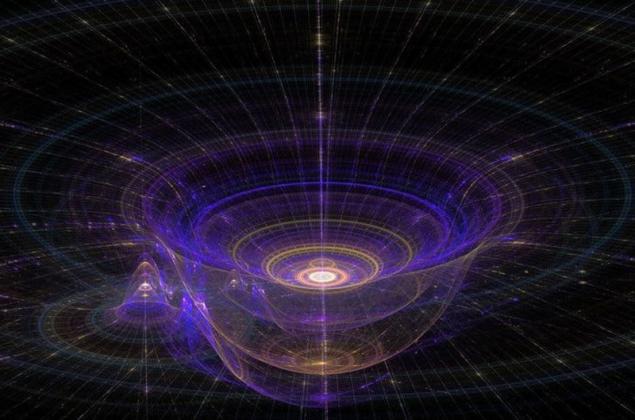
Alternative gravity could solve the problem of dark energy. The General theory of relativity — our best description of gravity at the moment, and has been well tested on small scales; on Earth and in the Solar system, we see absolutely no deviation from it. But when we move over very long distances, included in the cosmology, it seems that we are in need of improvements. This includes changing the length scale by 16 orders of magnitude (in ten thousand trillion times more). It would be amazing if one theory could cover this huge range of scales, and therefore change the theory of gravity doesn't seem so crazy idea.
One of the real challenges of creating theories of gravity is that you need to be sure that your theory will make sense on very large cosmological scales, not anticipating the ridiculous to the Solar system, things like the spiral descent of the moon on the Earth. Alas, these forecasts are analyzed little. Cosmologists tend to focus on cosmological properties, and even do not always check whether their theory consistently be stars and black holes. Because if not, you'll have to give it up.
Over the past ten years hundreds of researchers went through a variety of ways to change gravity. Partly the problem is that there are so many theories that to check each one individually it would take forever. Tessa Baker from Oxford University have done a lot of work trying to come up with a unified description of these theories. If you can bring them all to a single mathematical formalism, all you need to do is to check one thing and you will know what it means for all other theories.
"In the process of compiling this map, we found that many theories look very different at first, but on a mathematical level, all moving in the same direction. It made me think that people are stuck on one method of thinking when developing these gravitational theory, and there is still space to turn.
Not long ago, I proceeded to develop ways to check math — confining it in the data. For example, we can use gravitational lensing. If you take a massive object like a galaxy cluster, the light from objects behind it will be bent by the gravity of the cluster. If you change the theory of gravity, you change the percentage of distortion. Usually we miss every bit of data that is in our hands, the limitations of the framework and verify that it works.
Exactly in this moment the data we have are not good enough to distinguish between different gravity models. So we make many predictions for astrophysical experiments of the new generation to find out what methods of testing theories of gravity will be useful in the future." published
P. S. And remember, only by changing their consumption — together we change the world! © Join us at Facebook , Vkontakte, Odnoklassniki
Source: hi-news.ru
We have no idea what "dark energy", but if it exists, must be of the order of 70% of the energy of the entire Universe. And it would be unheard of to ask to add an additional component of such a plan in the standard cosmological model. Therefore, another explanation is that we use the wrong equation wrong theory of gravity to explain the rate of expansion of the universe. Perhaps if we described them in other equations would not have to cram this huge amount of extra energy.

Alternative gravity could solve the problem of dark energy. The General theory of relativity — our best description of gravity at the moment, and has been well tested on small scales; on Earth and in the Solar system, we see absolutely no deviation from it. But when we move over very long distances, included in the cosmology, it seems that we are in need of improvements. This includes changing the length scale by 16 orders of magnitude (in ten thousand trillion times more). It would be amazing if one theory could cover this huge range of scales, and therefore change the theory of gravity doesn't seem so crazy idea.
One of the real challenges of creating theories of gravity is that you need to be sure that your theory will make sense on very large cosmological scales, not anticipating the ridiculous to the Solar system, things like the spiral descent of the moon on the Earth. Alas, these forecasts are analyzed little. Cosmologists tend to focus on cosmological properties, and even do not always check whether their theory consistently be stars and black holes. Because if not, you'll have to give it up.
Over the past ten years hundreds of researchers went through a variety of ways to change gravity. Partly the problem is that there are so many theories that to check each one individually it would take forever. Tessa Baker from Oxford University have done a lot of work trying to come up with a unified description of these theories. If you can bring them all to a single mathematical formalism, all you need to do is to check one thing and you will know what it means for all other theories.
"In the process of compiling this map, we found that many theories look very different at first, but on a mathematical level, all moving in the same direction. It made me think that people are stuck on one method of thinking when developing these gravitational theory, and there is still space to turn.
Not long ago, I proceeded to develop ways to check math — confining it in the data. For example, we can use gravitational lensing. If you take a massive object like a galaxy cluster, the light from objects behind it will be bent by the gravity of the cluster. If you change the theory of gravity, you change the percentage of distortion. Usually we miss every bit of data that is in our hands, the limitations of the framework and verify that it works.
Exactly in this moment the data we have are not good enough to distinguish between different gravity models. So we make many predictions for astrophysical experiments of the new generation to find out what methods of testing theories of gravity will be useful in the future." published
P. S. And remember, only by changing their consumption — together we change the world! © Join us at Facebook , Vkontakte, Odnoklassniki
Source: hi-news.ru
12 great ideas for playing together, parents and children
How to make your own beauty products for pores
